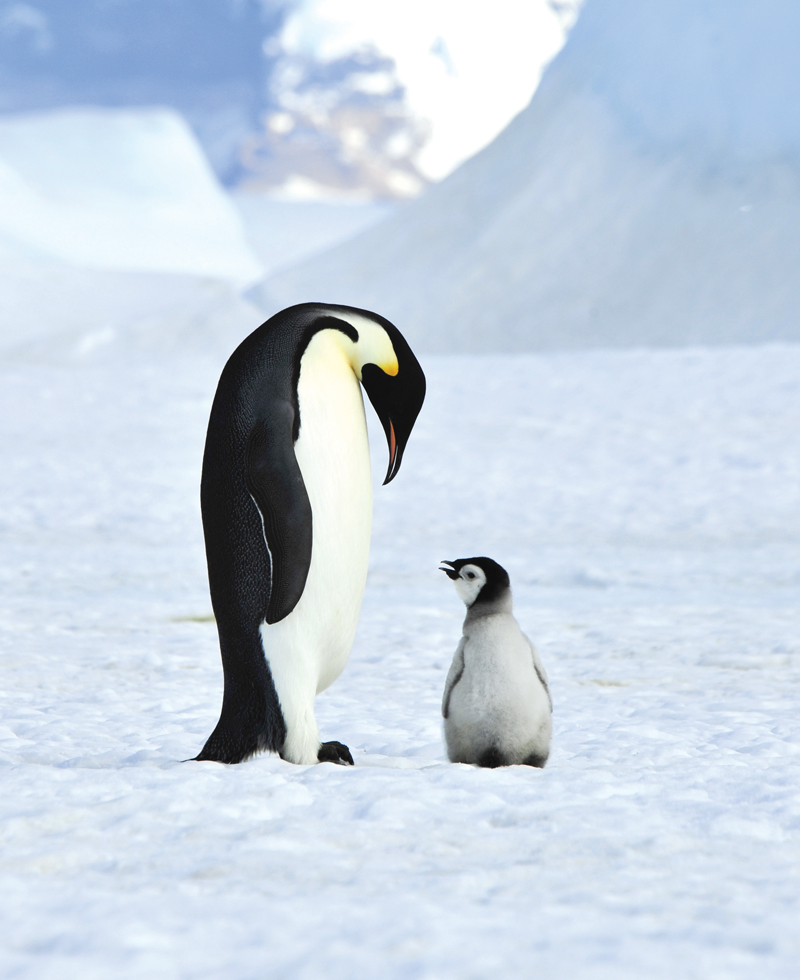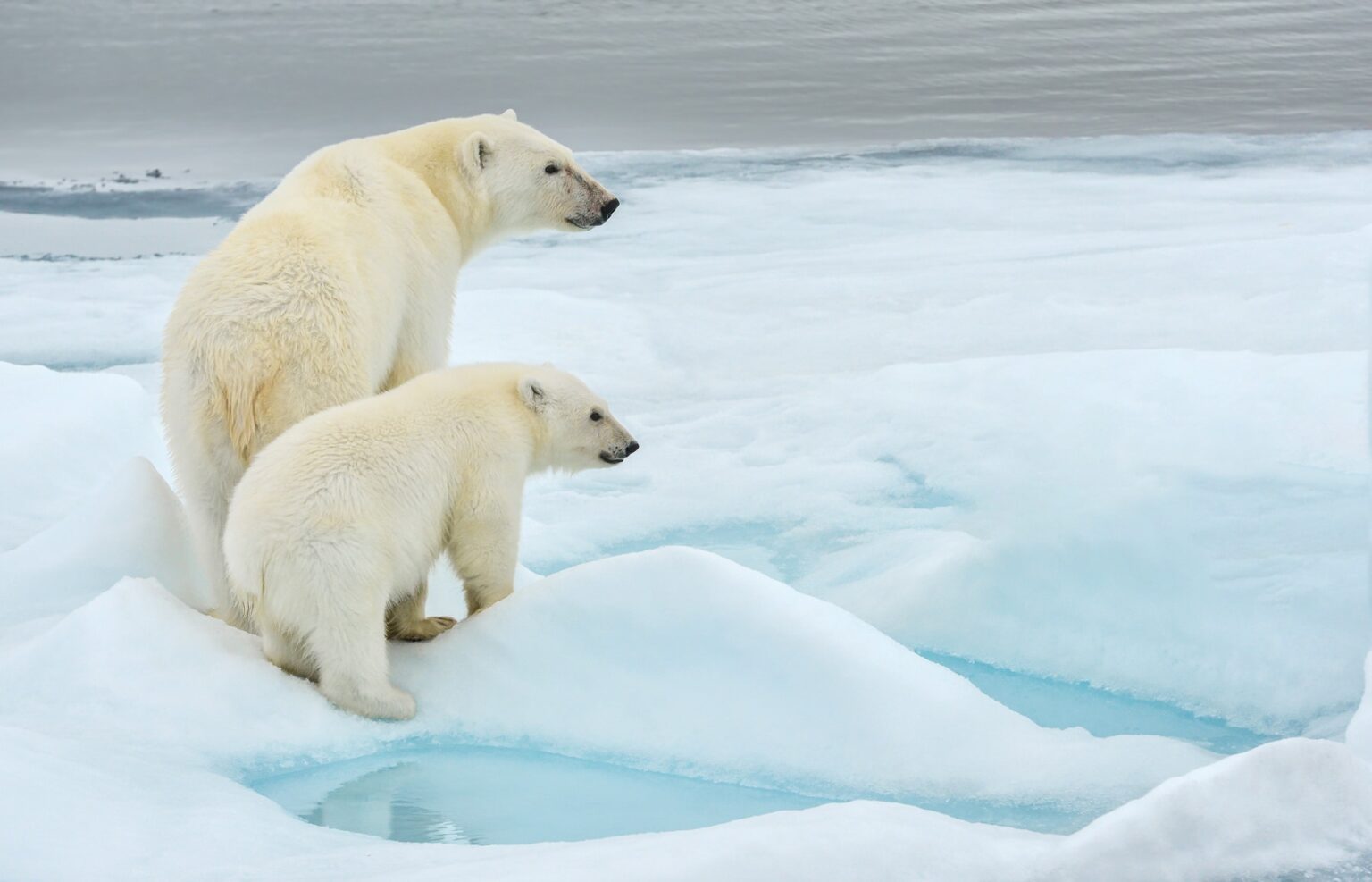Photographer Warwick Williams shares his tips to help cruise passengers take the best pictures on their voyage. This week: photographing cold-weather environments.
Cruising the Arctic, Antarctic, Alaska or other icy environments offers wonderful photo opportunities but cold weather can also present some challenges.

Camera batteries will discharge faster in cold temperatures, so make sure your batteries are fully charged and carry charged spares in your pockets to keep them warm, as cold batteries don’t work as efficiently as warmer ones.
Snow can brighten up a landscape and make your camera think the light is brighter than it actually is. This causes underexposure, meaning your picture will look grey instead of white. Adjust the EV or exposure compensation up to offset this issue.
White snow and bright sunlight can also throw off the white balance of your camera. If snow in your pictures has a blue tint try setting the white balance to the cloudy day setting.
There is plenty of wildlife in these environments, but you may not want to or be able to get too close, so you’ll want to take a telephoto lens. If you’re on a tour in a smaller boat, a tripod won’t be much good, meaning you will have to hand hold your camera. Choose a lens you can actually hand hold comfortably. Fujifilm’s XF100-400mm lens is fabulous for these moments but if you don’t have the strength to support it for a two-hour tour, the XF55-200 may be more practical.
Trying to predict when wildlife will make an appearance is always a challenge, so give yourself the best chance of capturing your subject sharp and clear.
Warwick’s Tips
- A high shutter speed is recommended and remember that the longer the lens, the faster shutter speed you’ll need. Set your camera to 1/1000 or higher if possible.
- Try to use an aperture that gives you a greater depth of field so there is less chance of being out of focus.
- The continuous shooting mode on your camera can also help here. Three to six frames per second is usually good enough but you may need a faster frame rate if trying to capture fast-moving subjects.
It may sound obvious, but make sure you have plenty of space on your memory card. There is nothing worse than shooting a few pictures then realising your card is full.
Finally when you’re heading back indoors, put your camera in its bag while you’re still outside and keep it there for thirty minutes or more to allow it to acclimatise.








